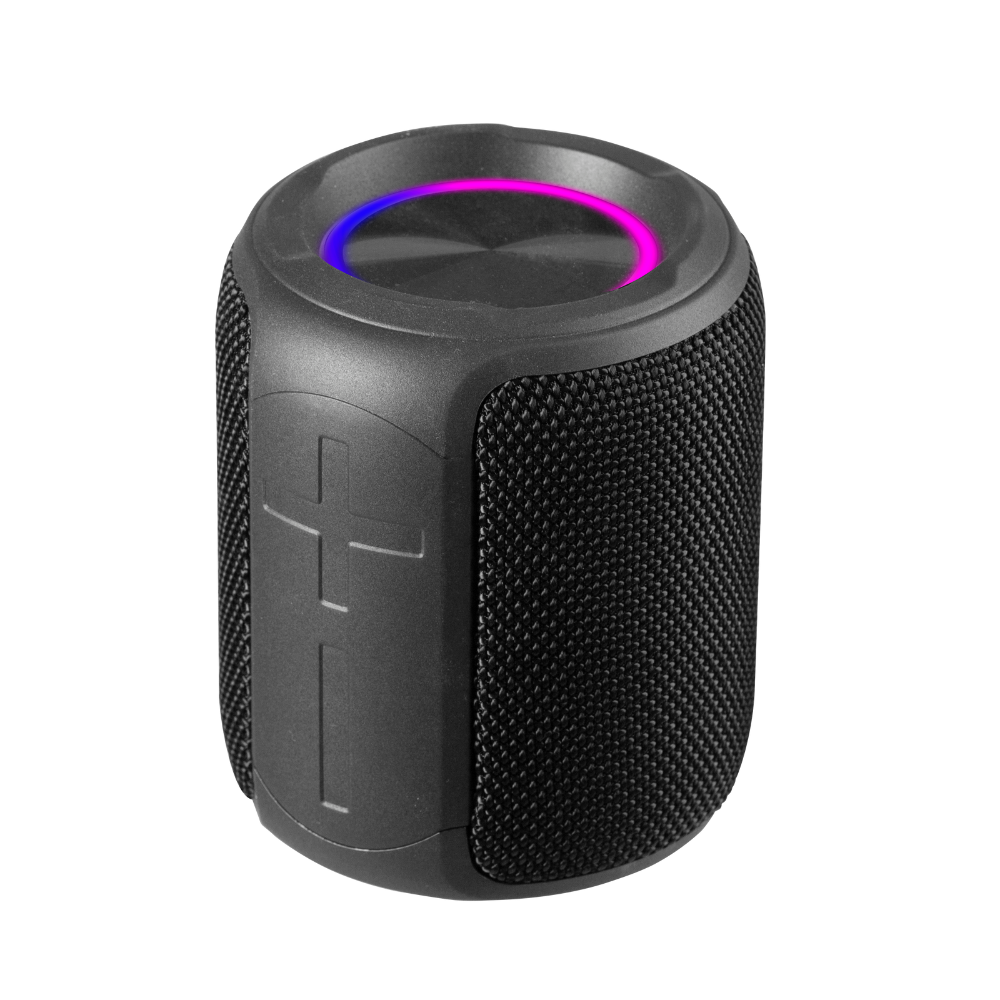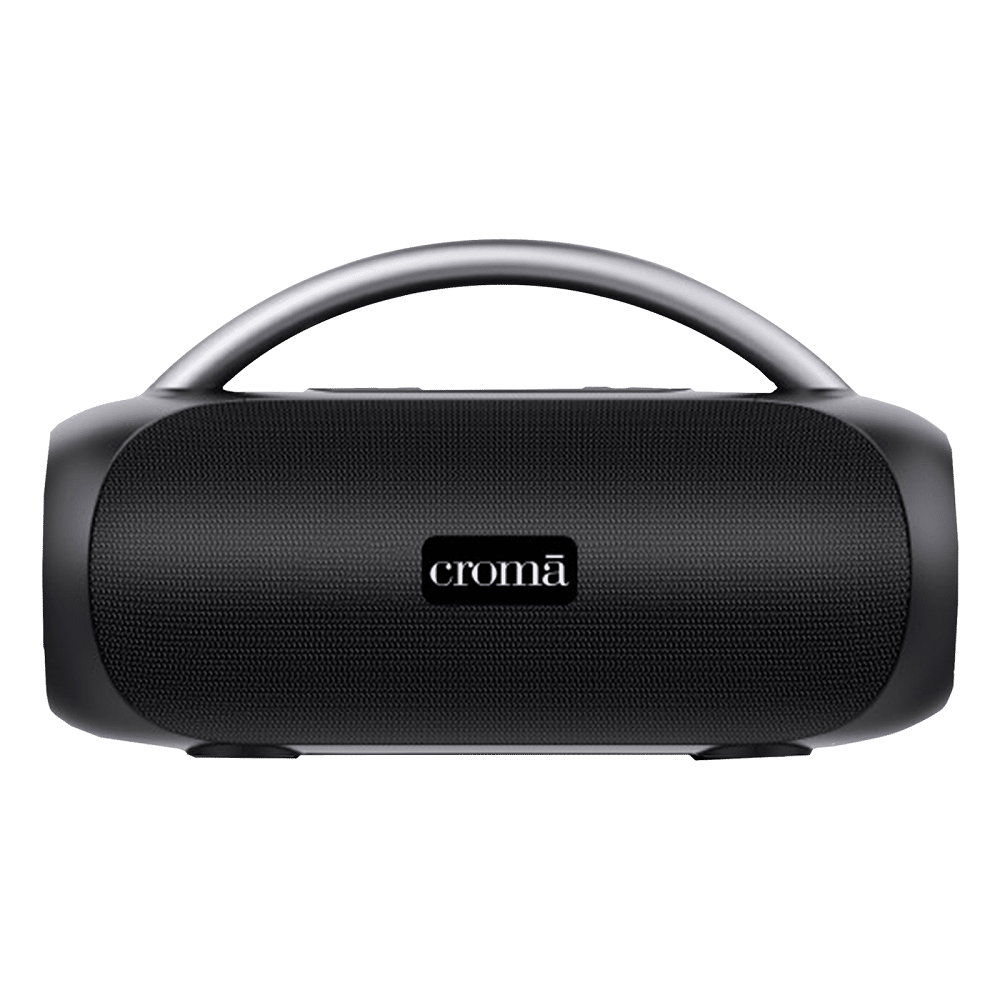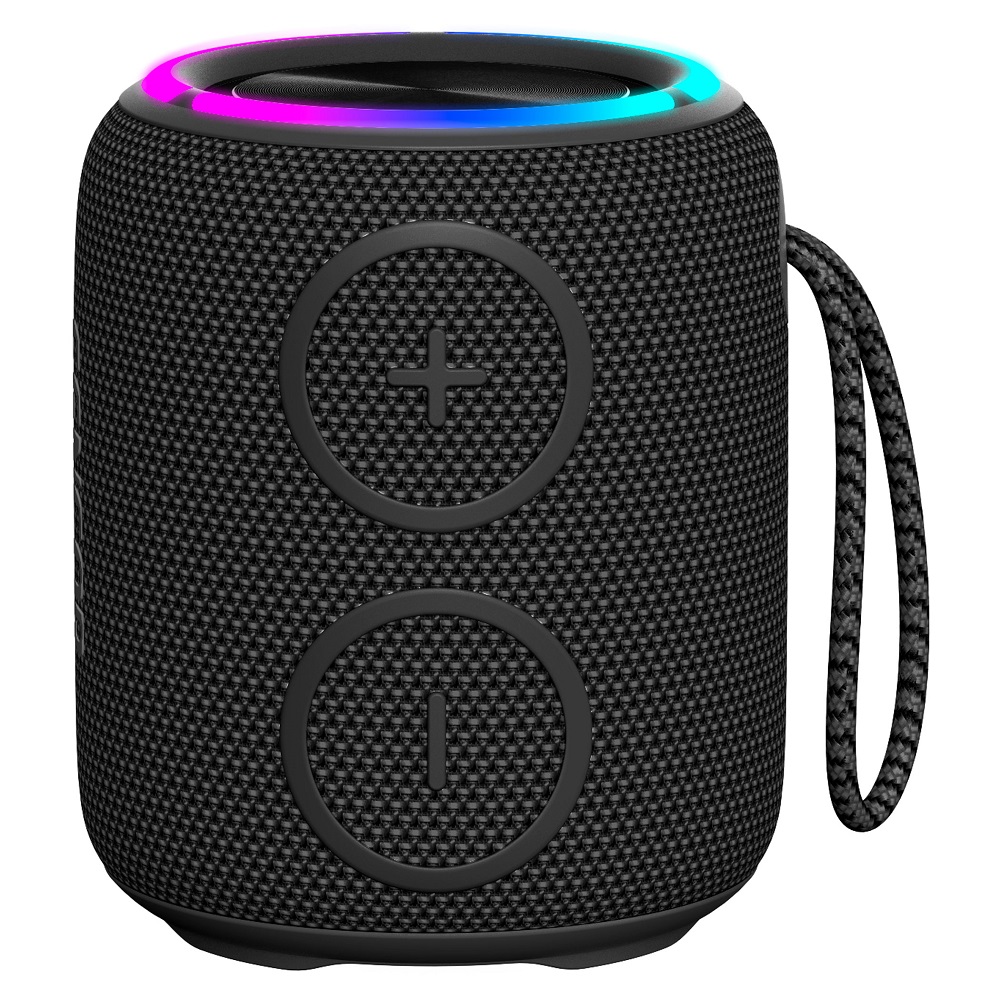Sound surrounds us every day, from the songs we listen to on our devices to the sounds of nature outside our windows. At the heart of this audio experience lies a crucial piece of technology: the speaker. Understanding how speaker work provides insight into the mechanics of sound reproduction and allows us to appreciate the nuances of audio equipment. This article delves into the science behind speaker, exploring their components, types, and how they create the sound we enjoy.
The Basics of Sound and Sound Waves
What is Sound?
Sound is a form of mechanical energy that travels through air, liquids, or solids in the form of waves. These waves are created by vibrations, which compress and rarefy the medium they move through. When you pluck a guitar string, the vibrations produced by the string create sound waves that travel through the air to your ears.
In essence, sound is perceived as a series of pressure changes. The human ear detects these changes, translating them into signals that our brain interprets as recognizable sounds. Understanding this fundamental idea is essential for grasping how speakers reproduce sound.
Characteristics of Sound Waves
Sound waves have specific characteristics, including frequency, wavelength, amplitude, and speed.
- Frequency: Measured in Hertz (Hz), frequency determines the pitch of the sound. Higher frequencies produce higher pitches, while lower frequencies produce lower pitches.
- Amplitude: This characteristic relates to the loudness of the sound. Greater amplitude creates louder sounds, while smaller amplitude results in softer sounds.
- Wavelength: The distance between consecutive peaks of a sound wave is its wavelength. Shorter wavelengths correspond to higher frequencies, while longer wavelengths correspond to lower frequencies.
These parameters come into play when we examine how speakers convert electrical signals into audible sounds.

The Anatomy of a Speaker
Key Components of a Speaker
Speakers are intricate devices composed of several key components, each playing a vital role in sound reproduction. Some of the main components include:
- Driver: The driver is the heart of a speaker and usually consists of a diaphragm, voice coil, and magnet. The driver converts electrical energy into sound energy.
- Diaphragm: The diaphragm is typically made from materials like paper, plastic, or metal. It vibrates to create sound waves when an electrical signal passes through the voice coil.
- Voice Coil: The voice coil is a coil of wire attached to the diaphragm. When the speaker receives an electrical signal, the coil creates a magnetic field that interacts with the permanent magnet, causing the diaphragm to move.
- Magnet: The magnet provides a static magnetic field that interacts with the voice coil, allowing it to move the diaphragm and create sound waves.
Additional Components
Other important parts of a speaker include:
- Enclosure: The enclosure or speaker cabinet is designed to house all the components. It improves sound quality by preventing interference and reducing unwanted resonance.
- Crossover: In multi-driver speakers, a crossover network separates signals into different frequency ranges, directing them to the appropriate drivers. This ensures optimal sound reproduction across various frequencies.
Together, these components work harmoniously to convert electrical signals into sound waves that we can hear.

How Speakers Convert Electrical Signals to Sound
The Process of Sound Reproduction
When an audio source, such as a smartphone or computer, sends an electrical signal to a speaker, the following process occurs:
- Signal Input: The electronic device sends an audio signal, which is an alternating current (AC) that varies in frequency and amplitude, through wires to the speaker.
- Interaction with the Voice Coil: The electrical signal flows through the voice coil, creating a magnetic field. This magnetic field interacts with the static field of the permanent magnet.
- Diaphragm Movement: As the electrical current fluctuates, the voice coil moves back and forth, causing the diaphragm to vibrate. This vibration pushes and pulls the surrounding air, creating sound waves.
- Sound Wave Propagation: The movement of the diaphragm generates sound waves that travel through the air to our ears, allowing us to perceive the sound.
This complex synchronization between electrical energy and mechanical movement enables speakers to reproduce sound accurately.
The Role of Impedance
Impedance is a critical factor in loudspeakers and refers to the resistance to the flow of electrical current. It is measured in Ohms and affects how well the speaker interacts with the amplifier or audio source. Most home speakers have an impedance of either 4, 6, or 8 Ohms.
High-impedance speakers (8 Ohms) require less current to produce sound, while low-impedance speakers (4 Ohms) require more current. The key is to match the speaker impedance with the output impedance of the amplifier, ensuring efficient power transfer and preventing distortion or damage to the equipment.

Types of Speakers
Dynamic Speakers
Dynamic speakers are the most commonly used type due to their efficiency, durability, and ability to produce high-quality sound. They use the principles of electromagnetism—utilizing vast drivers to create sound waves. Dynamic speakers are prevalent in home audio systems, professional setups, and portable devices.
Electrostatic Speakers
Electrostatic speakers operate differently than dynamic speakers. They use a thin, lightweight diaphragm suspended between two electrically charged plates. When an audio signal is applied to the plates, the diaphragm moves, producing sound. These speakers are known for their exceptional clarity and detail, making them popular among audiophiles, but they typically require special amplification due to their higher impedance levels.
Planar Magnetic Speakers
Planar magnetic speakers blend elements of both dynamic and electrostatic designs. They feature a thin diaphragm with embedded voice coil elements positioned between powerful magnets. The magnetic field interacts with the current passing through the diaphragm, causing it to move and create sound. Planar magnetic speakers are famous for their accuracy and low distortion and are commonly found in high-end audio systems.
Other Types
Other speaker types include ribbon speakers, which use a thin ribbon diaphragm and electromagnet, and subwoofers, specialized for producing low-frequency sounds. Knowing the various types can help you choose the right speaker system for your preferences or needs.

Factors to Consider When Choosing Speakers
Sound Quality
Sound quality is paramount when selecting speakers. Different speakers reproduce sound with varying accuracy and tonal quality. People often refer to sound quality in terms of clarity, detail, and richness. Some prefer speakers with a strong bass response, while others may seek crisp treble production. To assess sound quality, listen to several models and genres of music in person, if possible, to find what best suits your listening preferences.
Size and Space
The size of the speaker matters, both for performance and fit within your space. Larger speakers often produce a more powerful sound but can be difficult to accommodate in smaller rooms. Smaller speakers may help with acoustic control but can struggle with bass response. Analyze your listening space carefully and consider factors like room dimensions and speaker positioning.
Compatibility
Ensure the speakers you choose are compatible with your audio sources and any existing audio equipment. Check specifications such as impedance and power output to ensure a proper match. Additionally, consider whether the speakers will work with different devices, from home theaters and stereo systems to smartphones and computers.
Caring for Your Speakers
Regular Maintenance
To keep your speakers in excellent condition and extend their lifespan, perform regular maintenance. Here are some useful upkeep tips:
- Dust Regularly: Dust accumulation can affect sound quality and detract from the aesthetics of your speakers. Use a soft microfiber cloth to gently wipe the speakers and avoid abrasive materials that could scratch surfaces.
- Check Connections: Over time, connections may become loose or corroded. Periodically check all connections and cables for wear or damage to ensure a solid connection and prevent audio issues.
- Avoid Overdriving: Playing music at excessively high volumes can strain your speakers, leading to potential damage. Pay attention to your audio source’s volume levels, and find a comfortable balance that preserves audio quality.
Proper Storage
If you need to store your speakers, opt for cool, dry locations. Exposure to excessive moisture or extreme temperatures can cause damage. Additionally, use original packaging or padded cases when storing speakers to protect them from physical damage.

Conclusion
Understanding how speakers work enriches our appreciation for the sounds we enjoy daily. By grasping the science behind sound reproduction and recognizing the various components involved, you can better engage with the technology that enhances our auditory experiences.
Whether you’re a casual listener, an audiophile, or someone seeking to upgrade your audio system, the knowledge of speaker operation and types empowers you to choose the best option to suit your needs. As you explore different speakers, pay attention to sound quality, compatibility, and space requirements, ensuring that your choice aligns with your listening preferences.
Ultimately, speakers are more than just devices; they serve as a bridge between the actual sound and our perception of it. By investing time in understanding how speakers work, you can make informed decisions that lead to a truly enjoyable audio experience. So, take the plunge into the world of sound reproduction and discover how to maximize your enjoyment of music, movies, and everything in between!
